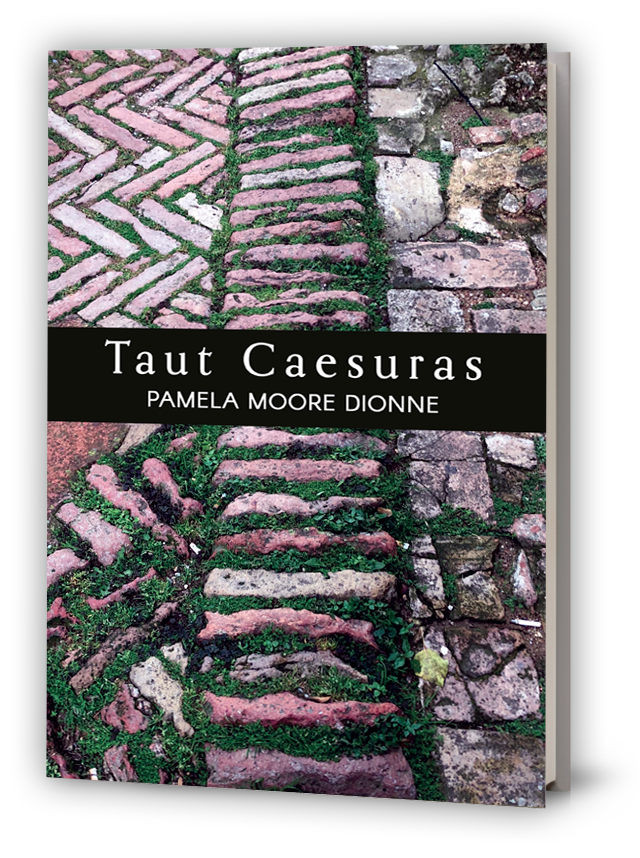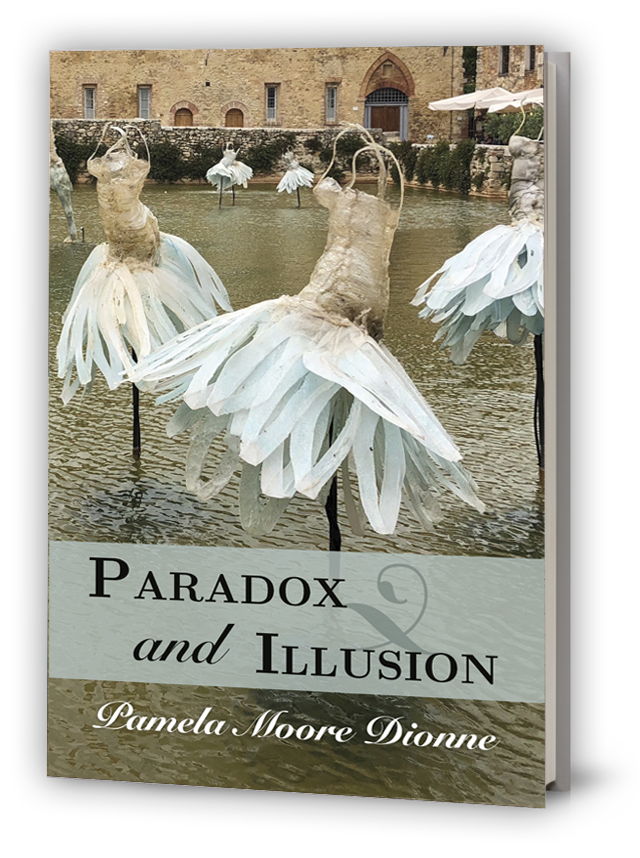Edwidge Danticat’s novel Breath, Eyes, Memory demonstrates how immigrants bring their home culture ethos with them when arriving in a new country and how that makes assimilation difficult. The novel gives us a view of the better life that many immigrants hope America will deliver. This narrative achieves its purpose using gender issues, race issues, and divided loyalties. Danticat supports much of her premise through Haitian folk tales, which gives us a sense of the richness that is left behind but also of the ways in which oppression can be fostered.
In this view of Haiti during a time of violent political upheaval we meet four powerful women whose lives are affected by the way men value them. We witness the way these women respond to the values, or lack thereof, that Haitian men place on women. “Our men, they insist that their women are virgins and have their ten fingers.” (Danticat 150) This statement leads Sophie Caco to reflect on something her Tante Atie told her when she was just a child.
Atie says that a woman’s ten fingers were given names before she was born. Purpose is embedded in those names: Mothering, Boiling, Loving, Baking, Nursing, Frying, Healing, Washing, Ironing and Scrubbing. (Danticat 151) In this we are given a Haitian woman’s value and begin to see the culture as controlled by men since it’s highly unlikely that these are the only purposes women would list for themselves. We learn from Tante Atie of Grandma Ife’s “testing” her daughters to be certain of their virginal purity. She tells Sophie how debased it made her feel to have her mother’s fingers probing inside her vagina to make sure she was intact. It is not women who value virginity so this is an imposed value that has been accepted as part of the norm that all good Haitian women adhere to in order to fit the standard. That this tradition follows Sophie when she immigrates to America at the age of twelve to join her mother, Martine, is clear later when Martine insists on “testing” Sophie. (Danticat 83) So we are given evidence that assimilation into a new culture and letting go of old traditions is a difficult if not impossible task.
Sophie has been told that America is a magical land of opportunity but she arrives in New York to find her mother, Martine, exhausted from working two jobs. Martine drives a shabby car and Sophie can feel springs when she sits in the front seat. (Danticat 39) Furthermore, the streets of the city are littered with garbage. Sophie’s expectations of a new and better life are suspect at this point in the narrative. She doesn’t speak English and must learn it. The food is unlike anything she has known before and her loyalties are torn between her Tante Atie who raised her and this mother who has only ever been a photograph and a voice on a tape machine. Sophie is out of synch in this new culture but as we move further into the narrative we understand that Martine is also.
To add to Sophie’s difficulties in her new country the novel gives us a view of extreme differences between the richness of her social life in the small town of Croix-des-Rosets, Haiti and her isolation in New York City. In her American school she endures racism that keeps her on the outside of relationships with classmates. Kristopher Hansson in his essay on cultural camouflage says that people tend to hide certain characteristics in order to blend into a social setting that is more desirable. (Hansson) There is no way for Sophie to hide the color of her skin in order to fit in. In contrast to Sophie’s mute acceptance, her mother constantly applies a bleaching cream to her own skin in an attempt to fit an American ideal. But because, initially, Martine lives close to immigrants from her country of origin and socializes exclusively in an enclave that is largely Haitian, she never really achieves assimilation. This plus the fact that Martine sends money home to Grandma Ife means Martine must work one job during the day and another at night. This severely limits her ability to learn American norms in order to adapt to them. Her mother working two jobs means that Sophie is essentially alone in this new country whereas the small town in Haiti where she grew up was filled with community. Clearly there are many forms of oppression besides the political violence Haitian immigrants have come to America to escape.
Danticat uses Haitian folk tales to further demonstrate the affect of Haitian culture on Sophie and her family. Tante Atie, Grandma Ife and Martine all use these tales to demonstrate Haitian ideals that control women and men. They repeat these tales to the young and malleable Sophie. In fact, Sophie is so inculcated by the stories that she returns to one before she breaks her own hymen. It is a story of the bleeding woman who seems incurable. The woman visits the goddess Erzulie who is femininity embodied in Vodoun religious practices. In this myth, which Sophie repeats to herself, the bleeding woman must give up being human in order to stop bleeding. She must become something other, be it plant or animal. As the woman considers her options she thinks of the animals that are captive and those that are free. She chooses to become a butterfly. At this point Sophie destroys the part of herself that has held her captive to her mother’s “testing.” So stories are also part of the culture that stays with us when we immigrate to a different country. They are often the guides that teach us how to be who we are expected to be within any ethos. In this instance Sophie chooses a freedom myth to give her the courage to change her current paradigm.
Arthur W. Frank, professor of sociology and core faculty at the Center for Narrative Practice in Boston has written several books that examine the way narrative story works within any culture. One of his major premises is this:
“Stories animate human life; that is their work. Stories work with people, for people, and always stories work on people, affecting what people are able to see as real, as possible, and as worth doing or best avoided.” (Frank)
That Danticat uses folk tales throughout Breath, Eyes, Memory tells us she is fully aware of the importance of these stories and how they influence behavior within a group. We are given subtle yet persuasive evidence of the power of one’s first culture when Martine insists on “testing” Sophie years after both she and her daughter left Haiti and immigrated to America. Even Tante Atie and Grandma Ife display the importance of these tales in their responses to each other, which are often delivered in story parables. When Sophie attacks the cane in the field where her mother was raped, Grandma Ife and Tante Atie shout the traditional Haitian storyteller’s question of “Ou libere?” (Are you free?) (Danticat 238)
In contrast to the way men in Haiti are represented, once we reach New York we are given a different male archetype. Martine’s lover Marc is Haitian but evolved enough to accept Martine as she is. He is even welcoming to her daughter Sophie. Sophie’s husband, Joseph, is accepting of who Sophie is. He doesn’t react except to worry about her when she leaves without telling him that she’s going to visit her family in Haiti. But these men are only lightly sketched into the overall story because Danticat is tightly focused on the four women at the narrative’s center. And in a novel so bound to the idea of immigration it is mostly Sophie and Martine who struggle with assimilating in a new culture.
We do have evidence that Sophie is Americanized when she goes jogging while in Haiti. This is in distinct contrast with the behavioral norms of women in her country of origin. Sophie notices the puzzled expressions on faces as if people are thinking, “Is this what happens to our girls when they leave this place? They become such frightened creatures that they run like the wind, from nothing at all.” (Danticat 158) There is other evidence that shows Sophie has assimilated further than her mother did. For one thing, she sees a therapist regularly. She is also a member of a women’s therapy group. None of these are things her mother would have seen as helpful for a “good Haitian woman.” Sophie will never totally reject her cultural heritage. Her family ties bind her to some traditions. She, though, has the option to pick and choose what she will keep. She is the transition between cultures and her daughter is the first of the American line of the Caco family.
In spite of the bleak first impression Sophie has of America and her divided loyalties between what was and what is, by the end of the novel we see that she has managed to find her own place in the new culture. Through her women’s group she has an avenue to assimilate without losing herself and all of her traditions.
Works Cited
Danticat, Edwidge. Breath, Eyes, Memory. New York: Vintage Books, 1998. Print.
Hansson, Kristopher. “Camouflage” in Orvar Löfgren and Richard R. Wilk, eds. “Off the Edge: Experiments in Cultural Analysis. Ethnologia Europaea, Vol 35. Museum Tuscalunlanum Press, 2006. Excerpted and reprinted in Camoupedia. http://camoupedia.blogspot.com/2010/03/cultural-camouflage.html
Frank, Arthur. Letting Stories Breathe: 2010. New Jersey: Princeton University Press. http://press.princeton.edu/chapters/s9676.pdf


